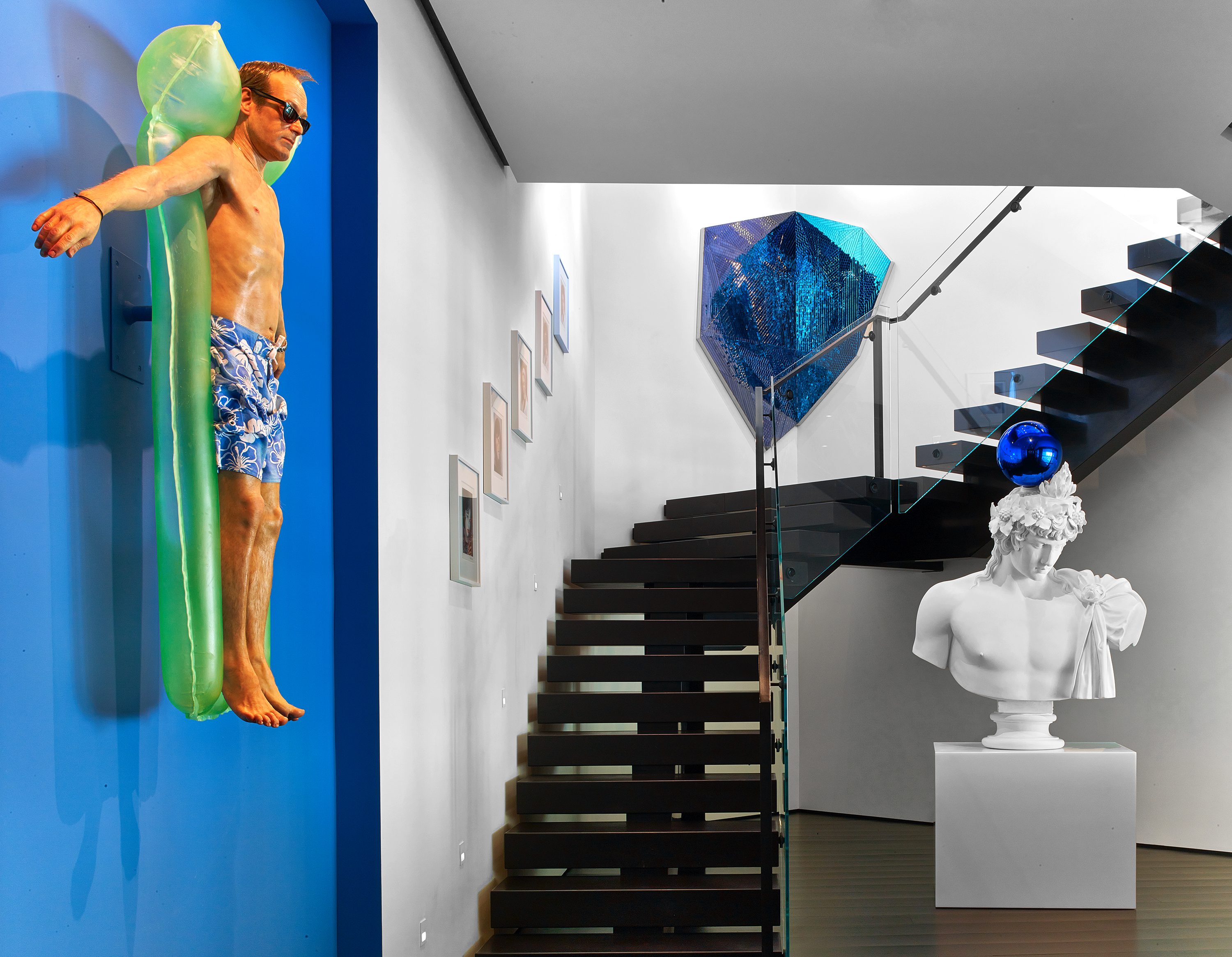
According to the recently released Wealth Report “Art was the top-performing asset in Knight Frank Luxury Investment Index during 2017, rising 21 percent to overtake recent front runners wine and classic cars.”
Since classical antiquity affluent members of society have constructed grand homes around treasured art collections. Even Vitruvius, the celebrated first-century Roman author and architect, stipulated homes of prominent citizens must include a picture gallery. This relationship between art collecting and architecture emerged once again in the 15th and 16th centuries with newfound prominence. Renaissance architects built sumptuous chateaux, palazzi and stately mansions showcasing luxury collections of aristocratic patron-collectors. Today, visiting the chateaux at Fontainebleau or Versailles presents an impressive echo of the once dynamic synergy between magnificent architecture and art collections.
An American Tradition
Americans in the 19th and 20th centuries absorbed these European traditions yet formulated new relationships between art collections and architecture reflecting a pioneering spirit. These early American Medici’s notably Henry Clay Frick, Dr. Albert C. Barnes and Isabella Stewart Gardner actively built inspiring collections housed in sumptuous mansions designed with the notion of legacy and the public museum in mind.
A New Era of Collecting
Today, this fusion of stunning architecture and prized art collections is once again captivating the world’s attention. At the fore is StoneFox, a firm founded by architects Chris Stone and David Fox, authorities in the nexus between architecture, art and design. The duo met in 2001 while working on the design of a Santa Fe residence for a major collector of minimalist art. Architecture mirrored art in this minimalist home featuring blue-chip artists like Dan Flavin, Donald Judd and Agnes Martin. Since joining forces Chris and David designed, constructed and re-imagined residences for an impressive clientele of both emerging and world-renowned collectors.
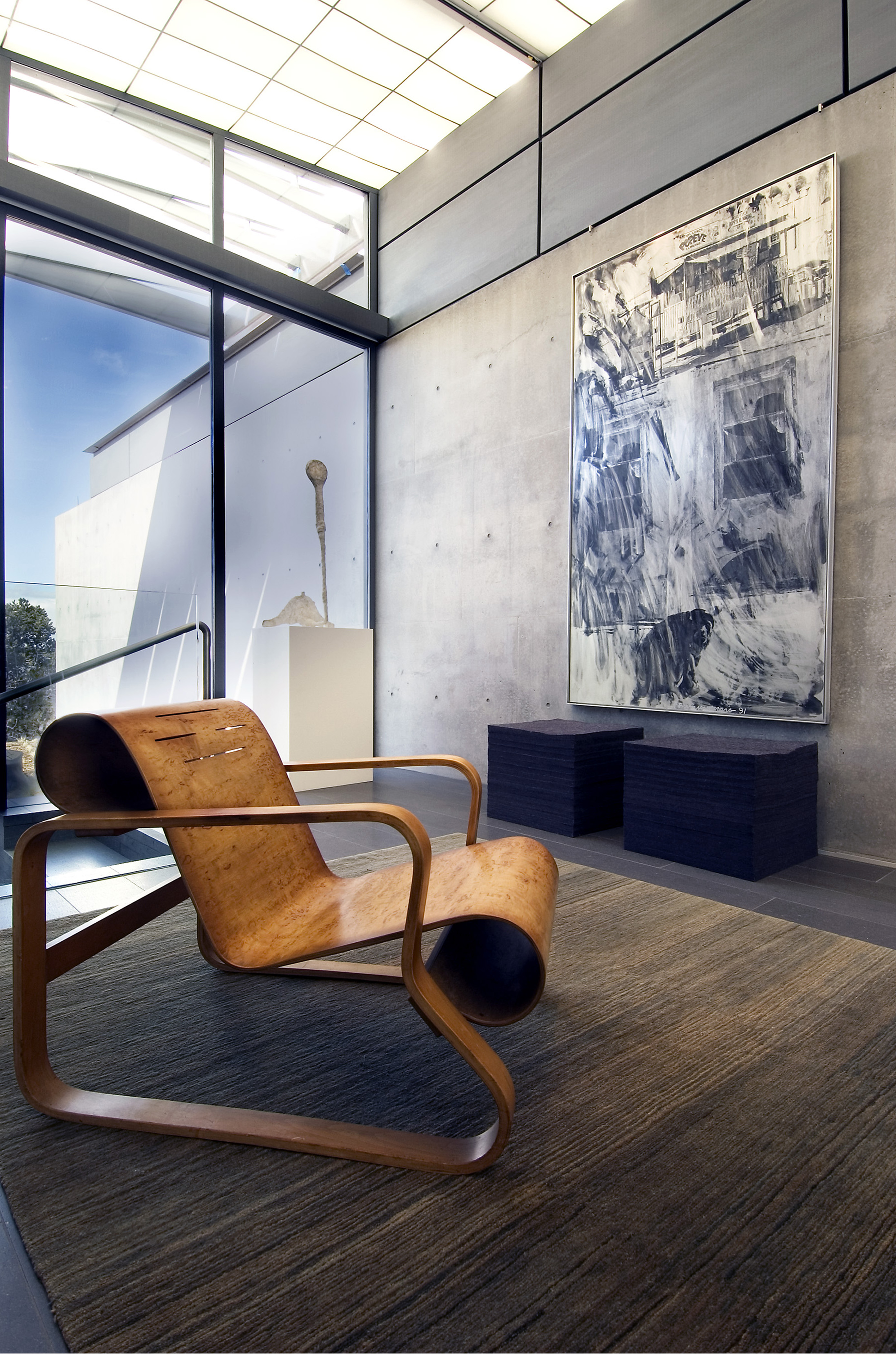
A Contemporary Perspective
Given the burgeoning interest in the art market we might ask how does an emerging collector design a home centered on a non-existent collection? According to Chris and David clients are asking this question with greater frequency. This challenge was made manifest in a recent project for a Park Avenue Duplex. Hailing from a family with a long tradition of collecting antiquities and masterpieces the clients favored portrait photography yet desired to expand their collection. After closely working with the clients, testing their interests, a sophisticated museum-worthy collection of contemporary art emerged featuring artists like Lucien Smith, Walad Beshty, Jim Lambie and Jeppe Hein. With deep roots in the art world Chris and David have their fingers on the pulse of art market, and are often found at the leading art fairs, auctions and galleries around the globe. As noted in the Wealth Report impressive works of art, while not only presenting an “incredible value as an investment asset” can further increase property value.
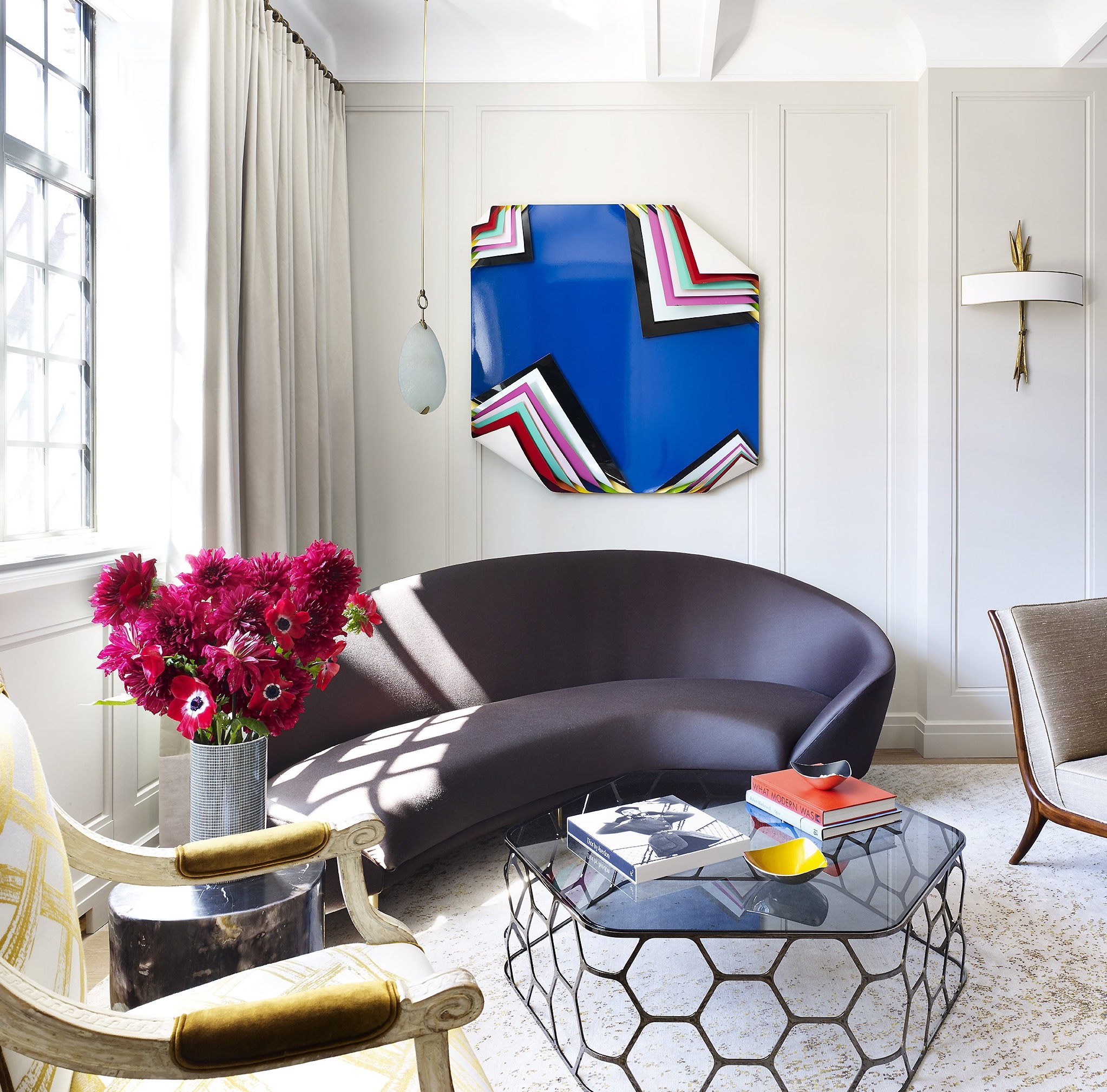
Sensitive Conditions
Unlike most great masterpieces the display of contemporary art is at times complicated. What does a collector do with the mega-sized, monumental sculptures and paintings so common in art produced today? A collecting duo purchased a 10ft x 10ft Antony Gormley sculpture for their Old Westbury residence even though no such space to house the sculpture existed. StoneFox devised an elegant solution constructing a chaplet, a three-sided structure, with a retractable roof for easy installation. The chaplet also served as a framing device enhancing the display and appreciation of the monumental sculpture.
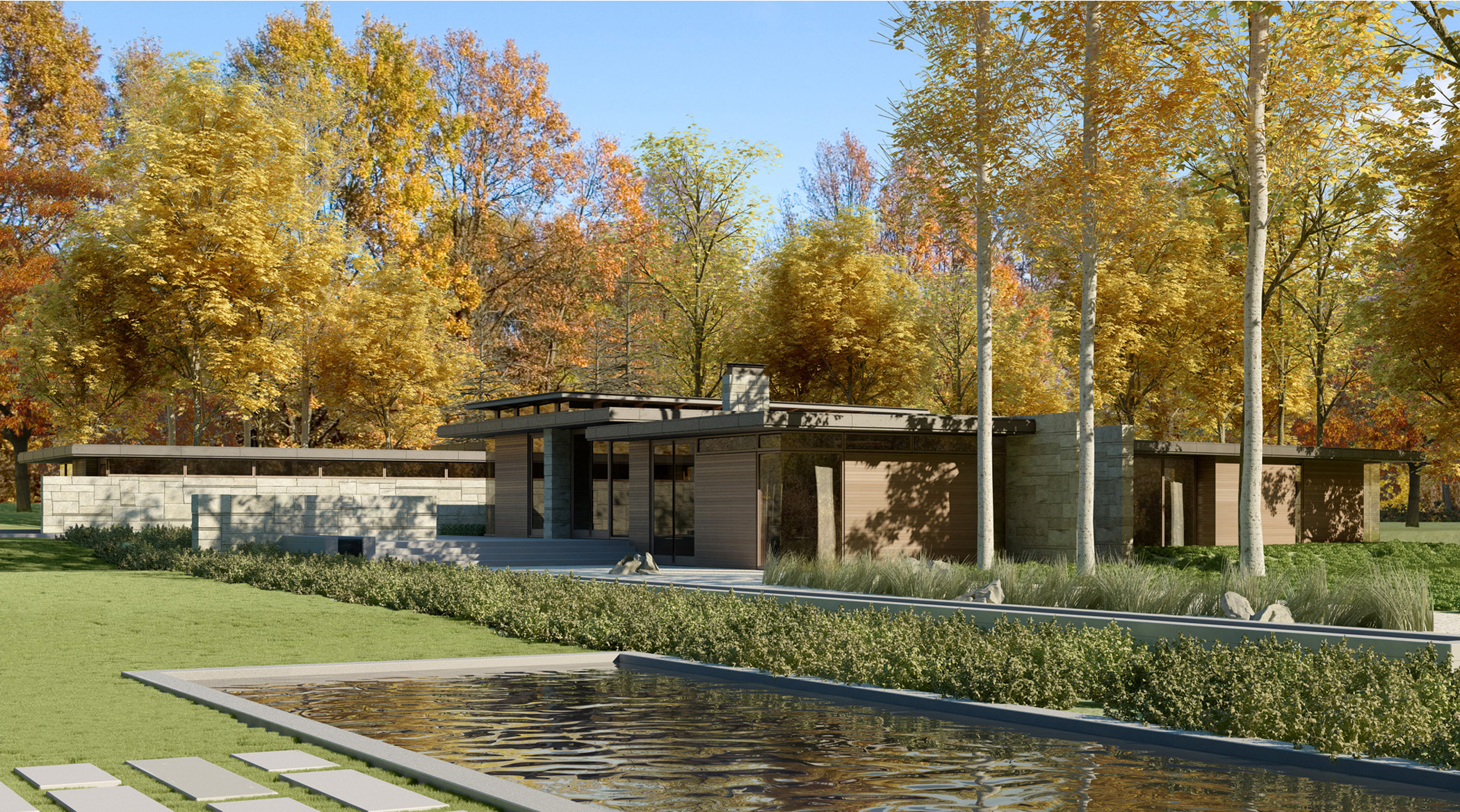
Starting with a database of a multi-million dollar art collection, which included among its treasures an eighteen-foot long painting by Kehinde Wiley, StoneFox designed a majestic primary residence in Palm Beach for a preeminent collecting couple, now entering in its finishing stages. Located between the ocean and the bay, an east-west orientation, the couple wanted the estate to highlight views of both bodies of water. Yet direct sunlight and art, specifically paintings and works on paper, are not a good combination. The Mark Rothko murals that once hung in Harvard’s Holyoke Center penthouse were irreparably damaged under similar circumstances. Respecting these constraints for the Palm Beach estate StoneFox drew inspiration from local vernacular architectural traditions of Palm Beach modern. Elegant screens and sweeping overhangs provide an intelligent architectural solution not only appropriate for the climate and direct sunlight, but a solution steeped in a rich architectural history. Sensitive to the complexities of caring for works of art StoneFox employed the latest technologies including an HVAC system, PVB glass, LED-RGB lighting, window treatments etc., to ensure the proper conservation of the collection, high-level environmental control as one would expect in wine and classic car collections.


Context, Place and Space
Much like our American Medici’s Isabella Stewart Gardner, Henry Clay Frick and Dr. Albert C. Barnes with their expansive collections housed in museum-residences, collectors today face similar issues of context, space and place. How easy is to merge the notion of home and gallery for expansive and expanding collections? Isabella Stewart Gardner constructed her museum with an apartment on the upper story enabling her to arrange and rearrange the collection as she saw fit. On a 1.5 acre property in Texas a collector had in mind something similar, to create a residence together with a semi-private gallery space. The resulting compound features a grand residence and adjacent three-story gallery. The sloped roof of gallery structure coupled with natural diffused northern light on the upper level creates a well-suited environment to appreciate paintings and works on paper, the lower gallery with an adjacent garden provides ample space to experience sculpture such as Jill Magid’s “Armored Station Wagon,” and finally the lower level devoid of natural light creates the perfect environment for video art. Embedded in this creative architectural envelope, a house together with the three different environments of the gallery space, is a flexibility in which the family not only can expand, but the potential pleasure of re-envisioning and rediscovery of their collection, in the same spirit of Isabella Stewart Gardner.
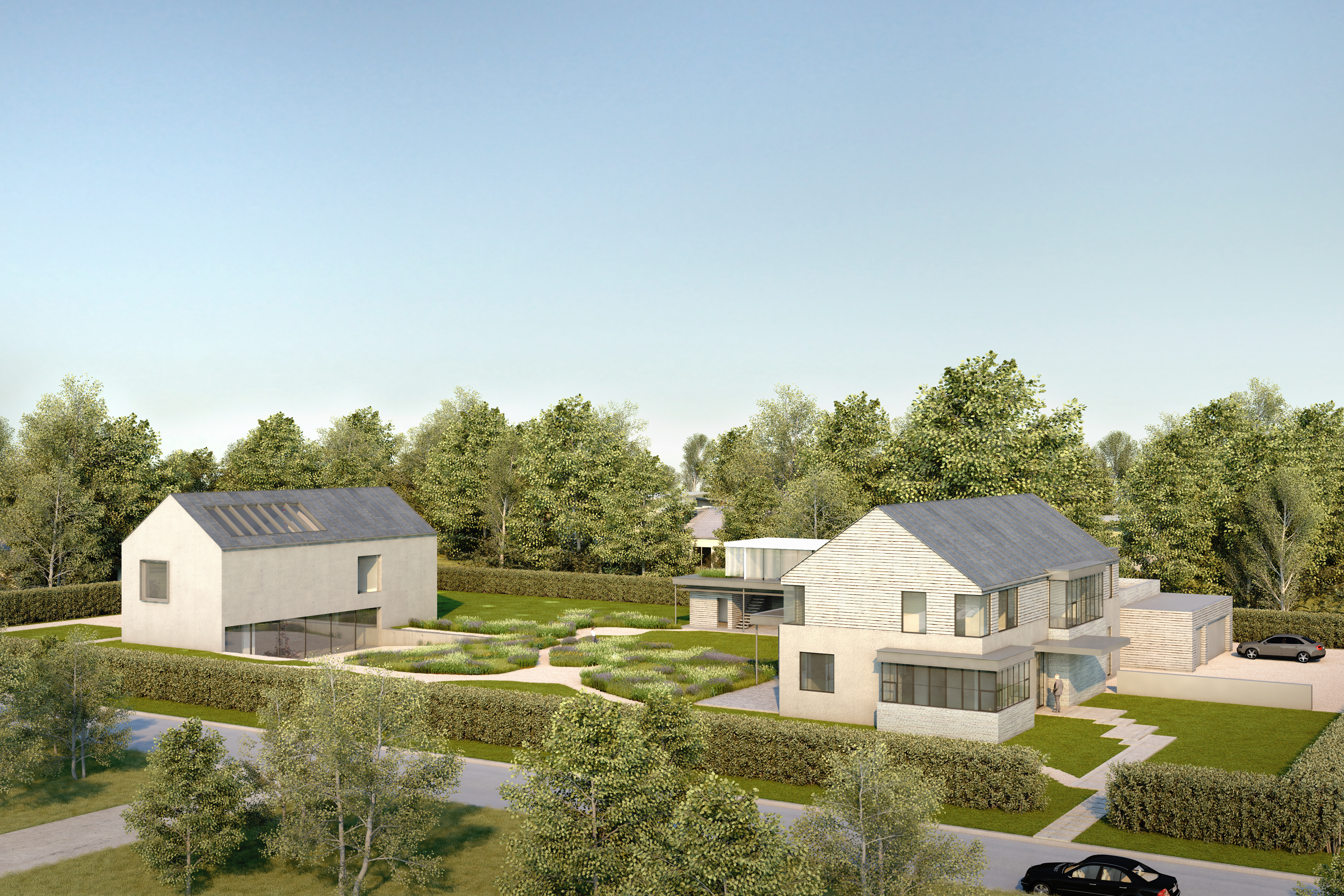
Contemporary Collecting and the Future
We might ask: “how much has changed since the collectors of classical antiquity and the age of the American Medici’s?” The synergy between art collecting and the sumptuous architecture housing those collections remains the same. The difference lies in the architectural solutions, the manifestation of intelligent, creative responses to domestic space making with art works in mind, so elegantly embodied in the work of StoneFox.